Table Of Content
- Preparing Your Tent for Winter Camping
- Choosing the Right Insulation Materials
- Practical Techniques for Weatherproofing Your Tent
- The Importance of Inner Tent Insulation
- Understanding Outer Tent Weatherproofing
- Choosing the Right Insulation Materials
- Consider the following factors when selecting insulation materials
- Common insulation materials for winter camping include
- Practical Techniques for Weatherproofing Your Tent
- Seal Seams and Zippers
- Apply Waterproof Spray
- Use a Tent Footprint
- Choose the Right Location
- The Importance of Inner Tent Insulation
- Retaining Heat
- Preventing Condensation
- Creating a Barrier
- Understanding Outer Tent Weatherproofing
- Choose a Quality Outer Tent
- Seam Seal Your Tent
- Apply a Waterproofing Treatment
- Tips for Ventilating Your Insulated Tent
- Crack the Window, Err, Tent Flap
- Use Adjustable Vents
- Positioning Is Key
- Remember: Moisture Management
- Enhancing Insulation with Ground Covering
- Why Ground Covering Matters
- Choosing the Right Ground Cover
- Installing Ground Cover
- Securing Your Tent Against Winter Wind and Snow
- Insulating Your Tent
- Weatherproofing Your Tent
- Frequently Asked Questions (FAQs)
- How important is it to insulate and weatherproof your tent for winter camping?
- What are some ways to insulate a tent for winter camping?
- How can I weatherproof my tent for winter conditions?
- Is it necessary to use a footprint or ground tarp for winter camping?
- What should I consider when selecting a tent for winter camping?
- How can I prevent condensation inside the tent during winter camping?
Welcome, fellow outdoor enthusiasts! As winter approaches, embarking on a camping trip may seem daunting to some, but fear not – with the proper knowledge and preparation, winter camping can be an unforgettable adventure. One crucial aspect of winter camping is ensuring that your tent is adequately insulated and weatherproofed to protect you from the harsh elements.
Mastering insulating and weatherproofing your tent can make all the difference in your comfort and safety during chilly nights in the wilderness. From preventing heat loss to keeping out moisture and wind, these techniques are essential for a successful winter camping experience. In this guide, we will explore various tips and tricks to help you stay warm and dry in your tent, no matter how cold it gets outside.
Whether you are a seasoned winter camper looking to enhance your skills or a beginner eager to brave the cold, understanding how to insulate and weatherproof your tent is critical to a successful outdoor excursion. So, grab your gear, layer up, and let’s dive into the world of winter camping and the art of making your tent a cozy refuge in the snowy wilderness.
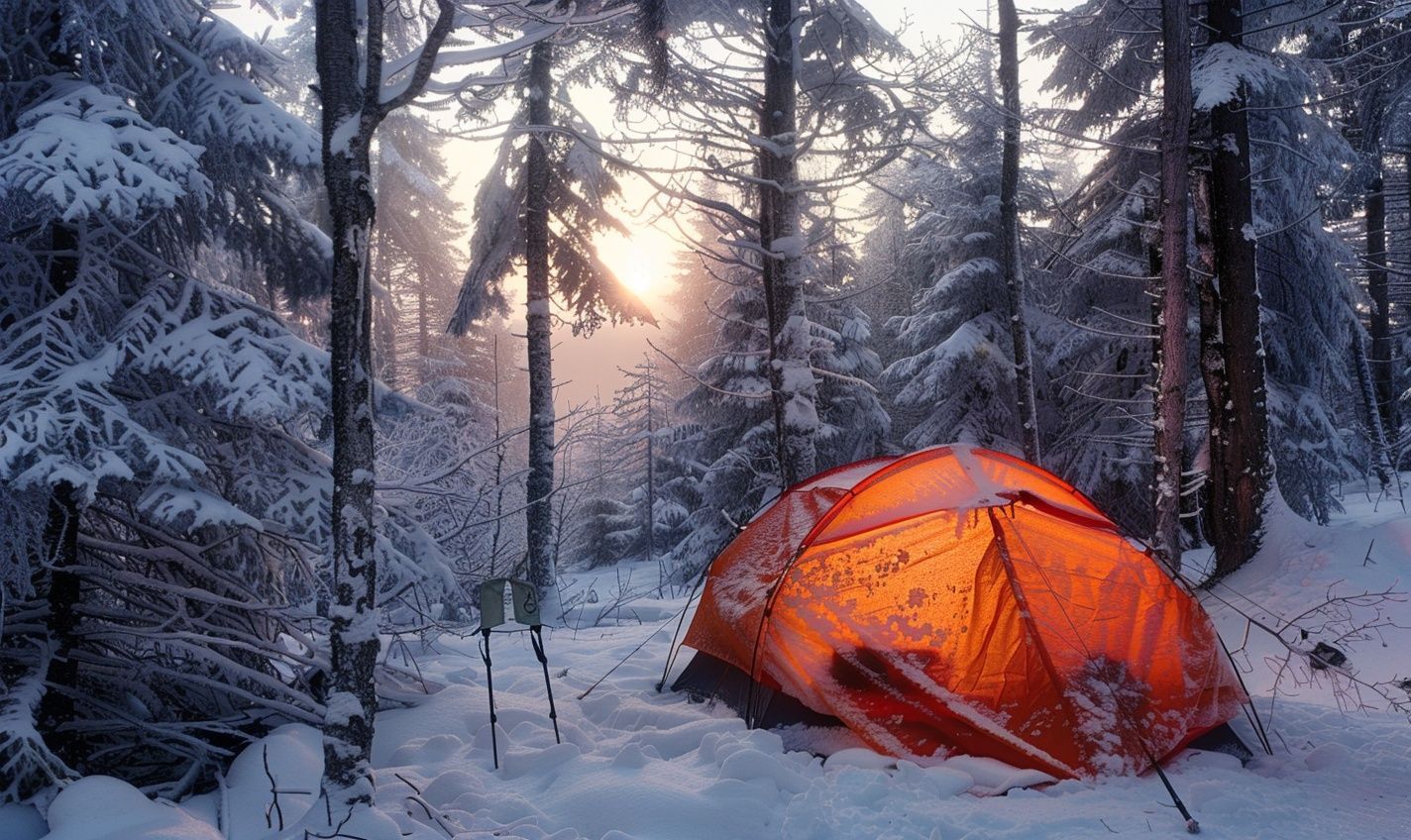
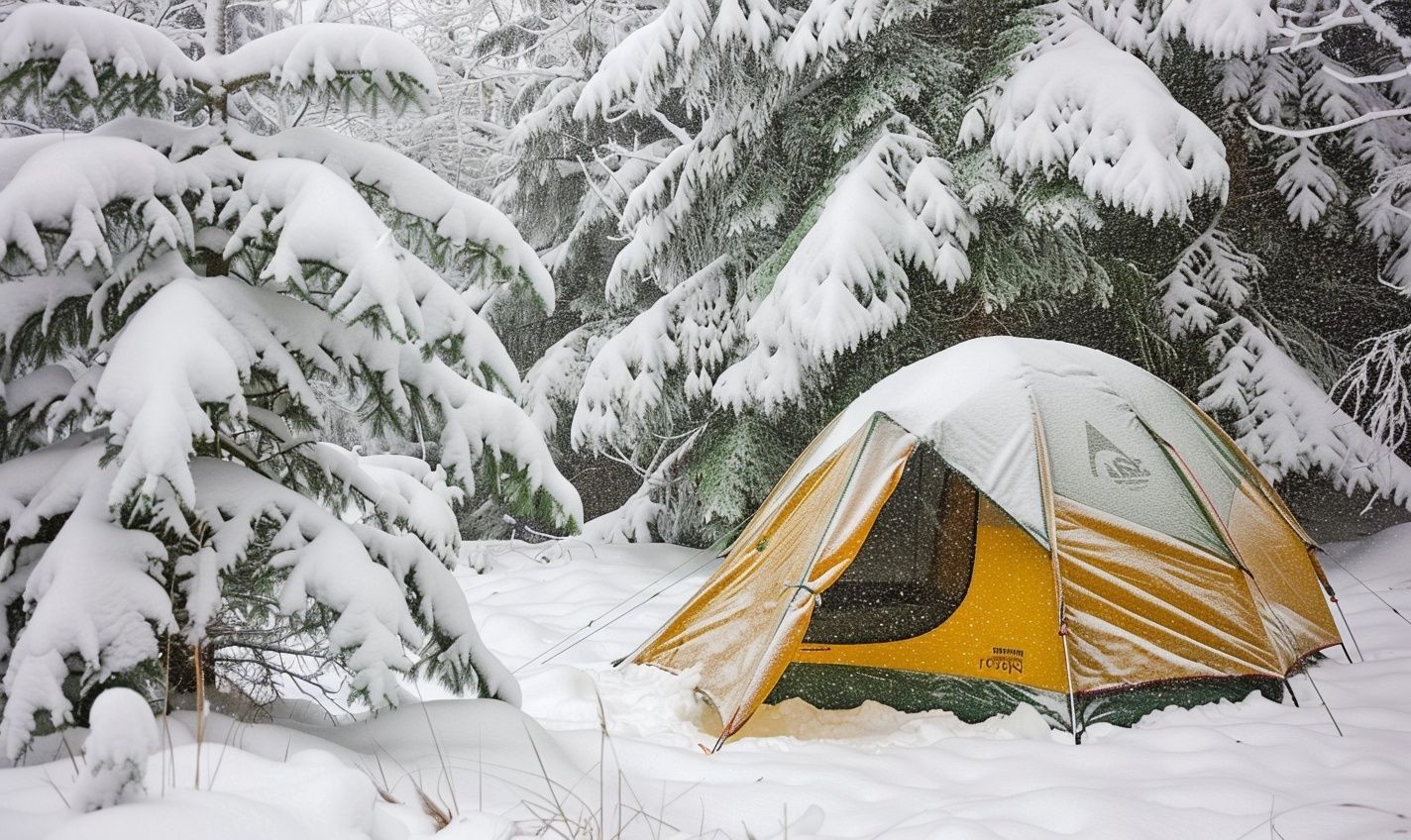
Preparing Your Tent for Winter Camping
When you venture into the wilderness for a winter camping trip, ensuring your tent is adequately insulated and weatherproofed can make all the difference between a cozy retreat and a cold, uncomfortable experience.
Choosing the Right Insulation Materials
Insulating your tent is crucial for retaining heat and keeping the chilly air out. Consider using materials like:
- Thermal blankets to reflect heat into your tent
- Insulated sleeping pads provide a barrier between you and the cold ground
- Down or synthetic sleeping bags with high warmth ratings
Practical Techniques for Weatherproofing Your Tent
Protect your tent from the elements by weatherproofing it with the following methods:
- Sealing seams with seam sealer to prevent water leakage
- Applying waterproof spray to the tent fabric for added protection
- Using a ground tarp to prevent moisture from seeping through the tent floor
The Importance of Inner Tent Insulation
Ensure your inner tent is adequately insulated to retain warmth and keep cold drafts at bay. By adding layers of insulation inside your tent, you create a cozy refuge from the winter chill.
Understanding Outer Tent Weatherproofing
Outer tent weatherproofing is essential for shielding your tent from rain, snow, and wind. Ensure your rainfly is securely attached and covers the entire tent to prevent water from seeping through the fabric.
By insulating and weatherproofing your tent before embarking on your winter camping adventure, you can ensure a comfortable and enjoyable experience in the great outdoors.
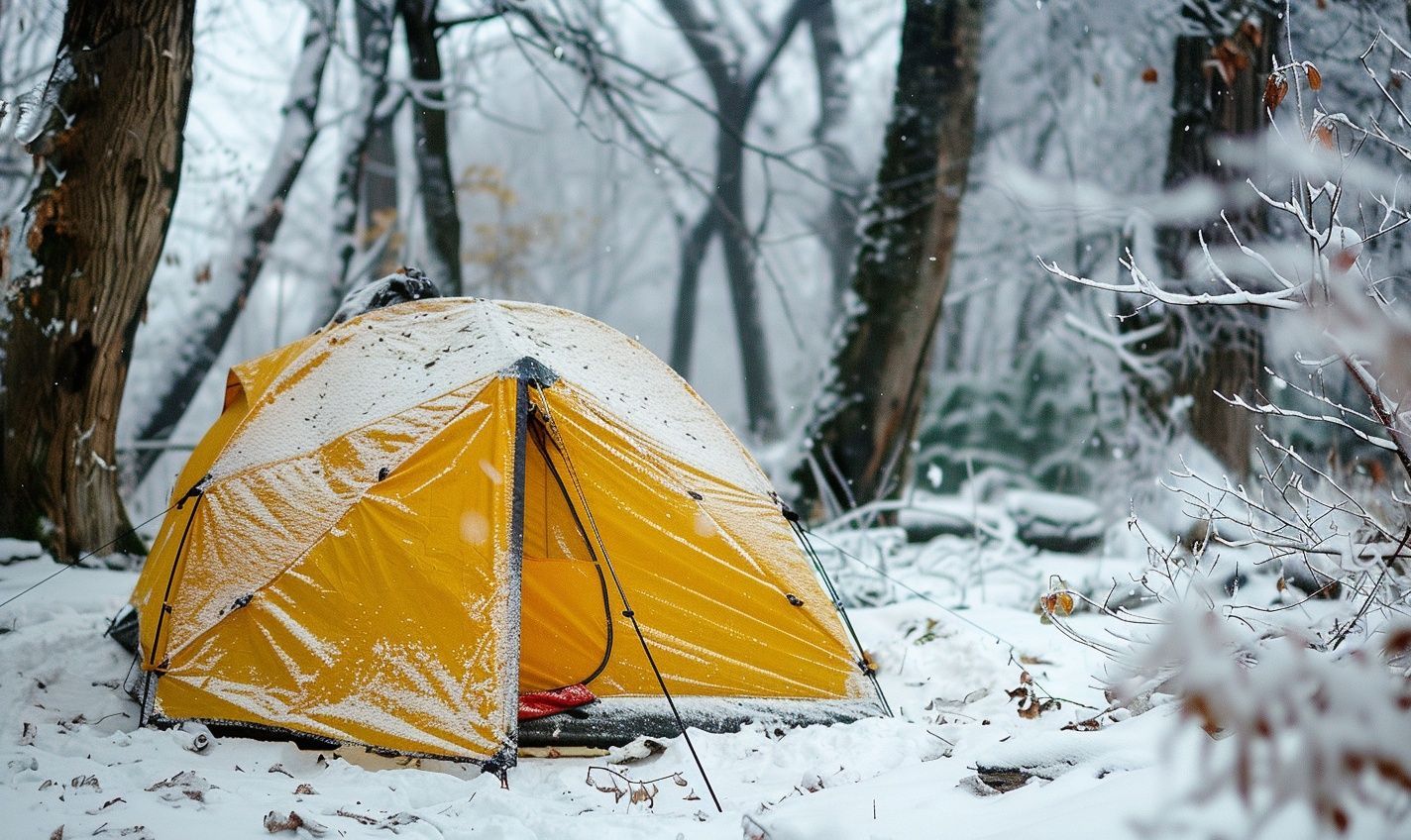
Choosing the Right Insulation Materials
During winter camping, keeping warm inside your tent is crucial for a comfortable and safe experience. The insulation materials you choose can make all the difference in maintaining a cozy environment amidst the cold and harsh weather conditions.
Consider the following factors when selecting insulation materials:
- Type of Insulation: Opt for materials such as closed-cell foam, wool, synthetic fibers, or down that offer excellent thermal properties.
- R-Value: Look for materials with a high R-value, as this indicates better insulation against the cold. Higher R-values signify more excellent thermal resistance.
- Weight and Packability: Choose lightweight and compressible materials that are easy to pack and carry, especially when camping in challenging winter conditions.
Common insulation materials for winter camping include:
- Reflective Foil: Utilizes a reflective surface to bounce back heat toward you, providing excellent thermal protection.
- Therm-a-Rest Z Lite Foam Pad: Lightweight and versatile, offering insulation from the cold ground and added comfort during sleep.
Remember, the key to staying warm in your tent during winter camping lies in properly insulating and choosing the suitable materials that suit your needs. Don’t overlook this essential aspect of preparation for a successful cold-weather adventure!
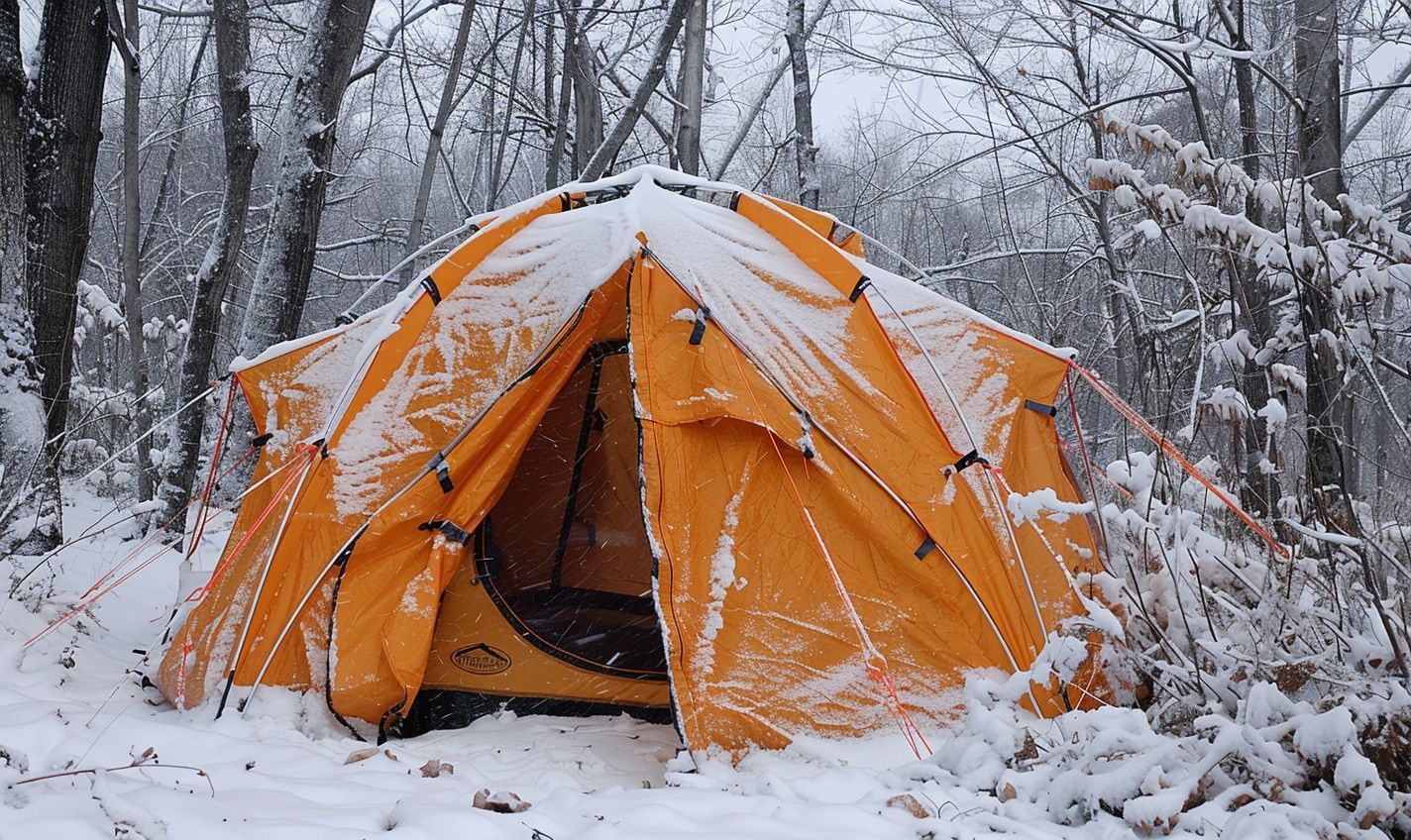
Practical Techniques for Weatherproofing Your Tent
Winter camping can be a magical experience, but ensuring your tent is adequately insulated and weatherproofed to stay warm and dry in the chilly outdoors is crucial. Here are some effective techniques to help you achieve just that:
Seal Seams and Zippers
Use seam sealer on all stitches and seams to ensure your tent is adequately sealed. This will prevent water from seeping through the tiny gaps and keep you dry and cozy.
Apply Waterproof Spray
Invest in a quality waterproof spray and coat the exterior of your tent with it. This will create an additional layer of protection against rain and snow, ensuring no moisture penetrates your shelter.
Use a Tent Footprint
Placing a tent footprint or ground underneath your tent can provide an extra barrier against the damp and cold ground. It also helps protect the tent floor from wear and tear, extending its lifespan.
Choose the Right Location
When setting up your tent, pick a spot with good drainage to avoid pooling water around your shelter. Additionally, position your tent to minimize exposure to strong winds and snow drifts.
Implementing these weatherproofing techniques will enhance your comfort during winter camping and ensure your tent’s longevity. Remember, a well-prepared and weatherproofed shelter is the key to a successful outdoor adventure.
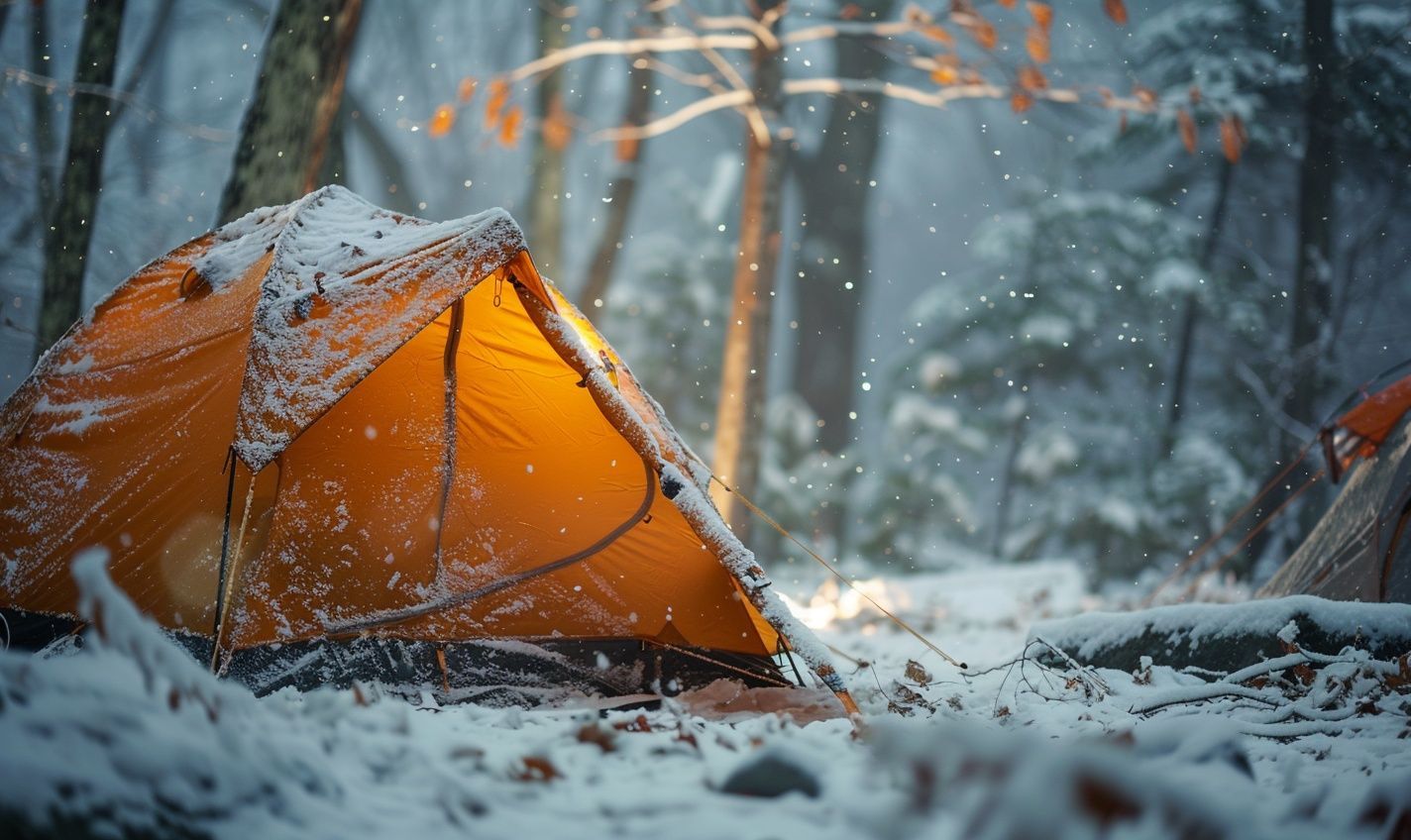
The Importance of Inner Tent Insulation
When embarking on a winter camping adventure, ensuring your tent is adequately insulated and weatherproofed is crucial. While outer tent weatherproofing is essential, many campers overlook the significance of inner tent insulation. Let’s dive into why this aspect is so important:
Retaining Heat
Imagine your tent as a cozy cocoon, shielding you from the biting cold outside. Properly insulating the interior of your tent helps retain body heat, keeping you warm and comfortable throughout the night.
Preventing Condensation
Insulating the inner tent helps with warmth and prevents condensation from building up. Moisture inside the tent can make everything damp and chilly, disrupting your camping experience.
Creating a Barrier
Think of the insulation as a protective shield that keeps the cold at bay. Installing insulation creates a barrier between you and the harsh winter elements, ensuring a more pleasant camping experience.
And don’t forget, combining inner tent insulation with effective outer tent weatherproofing can create a cozy haven in even the most extreme winter conditions.
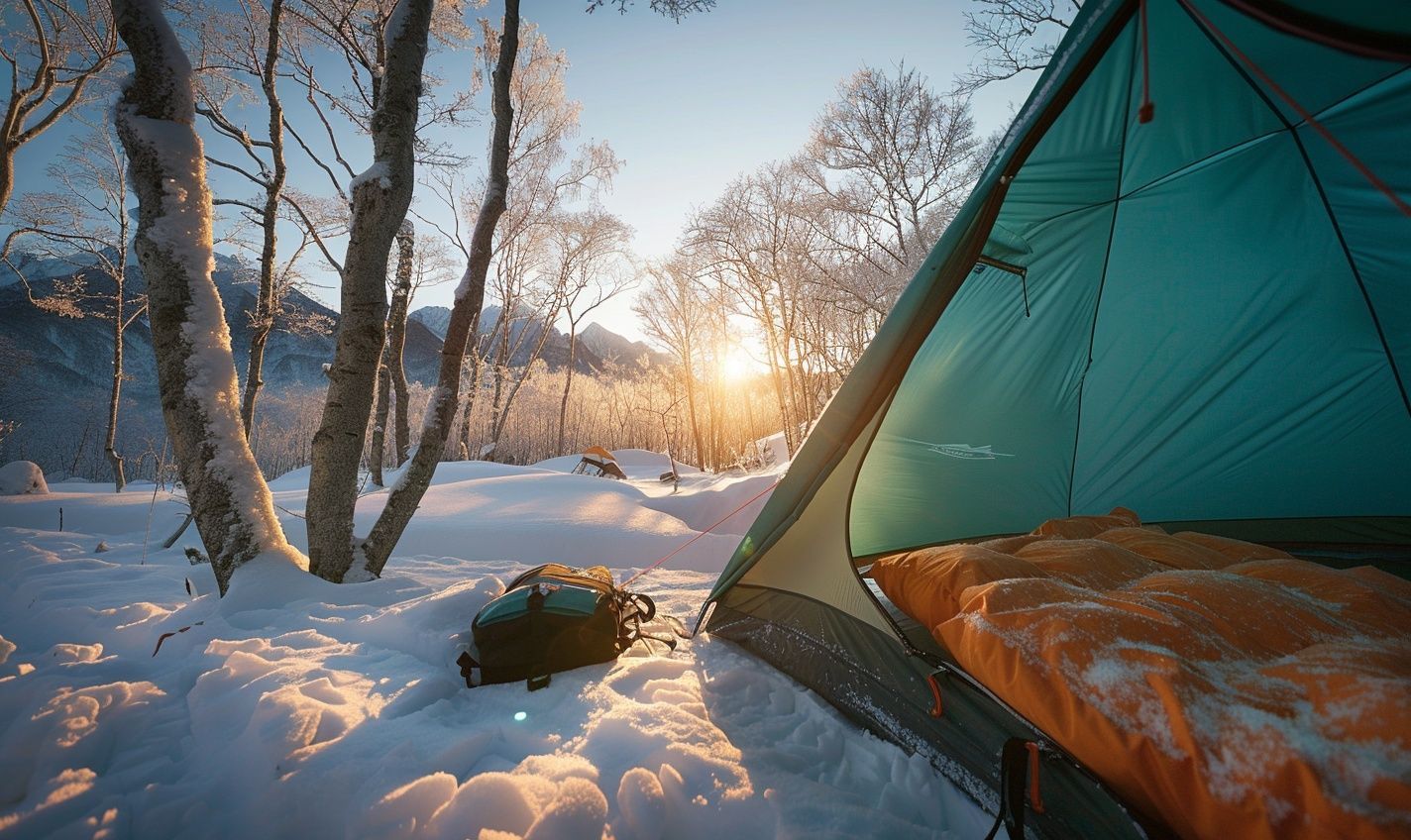
Understanding Outer Tent Weatherproofing
When it comes to winter camping, insulating and weatherproofing your tent are crucial for staying warm and dry amidst the cold and harsh elements. While inner tent insulation is vital, understanding how to weatherproof your outer tent is essential to keep the heat and cold out. Here are some effective techniques to ensure your tent can withstand the winter chill.
Choose a Quality Outer Tent
The first step in weatherproofing your tent is selecting a durable and water-resistant outer tent that can shield you from rain, snow, and wind. Look for a tent made from high-quality materials such as ripstop nylon or polyester with a waterproof coating to keep you dry in inclement weather.
Seam Seal Your Tent
Seams are often the weak points where moisture can seep through. To prevent leaks, seal your tent using a seam sealer or seam tape. Focus on the seams along the tent floor, rainfly, and windows to create a watertight barrier.
Apply a Waterproofing Treatment
Apply waterproofing to the outer fabric to enhance your tent’s water resistance. Various waterproofing sprays and solutions can help repel water and protect your tent from moisture infiltration.
Just like a warm coat shields you from the cold, proper outer tent weatherproofing acts as a protective layer against the elements, they are keeping you snug and dry during your winter camping adventures.
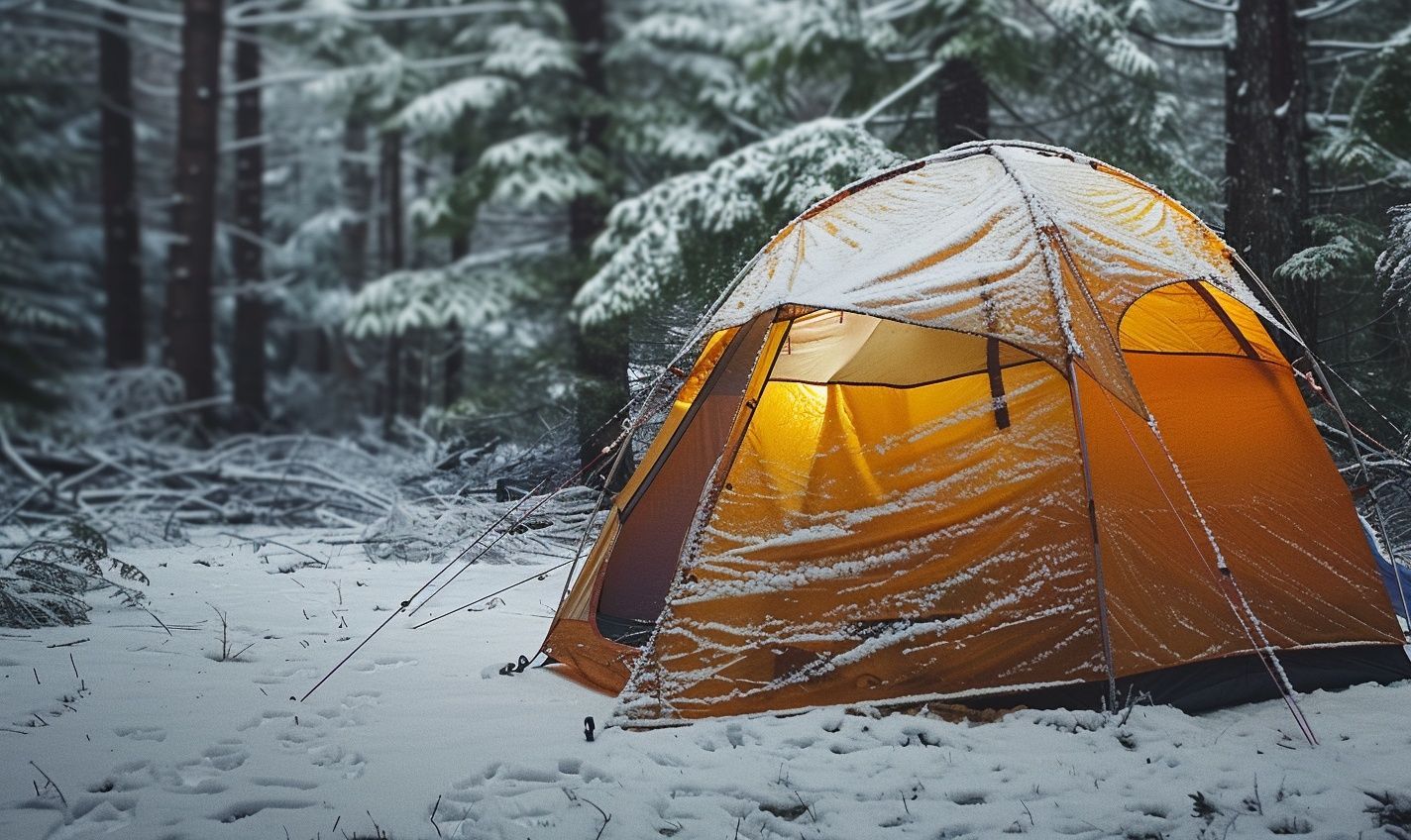
Tips for Ventilating Your Insulated Tent
When it comes to winter camping, keeping your tent warm and cozy is crucial. However, proper ventilation is as important as insulation to ensure a comfortable and safe camping experience. Here are some practical tips for ventilating your insulated tent:
Crack the Window, Err, Tent Flap
Imagine your tent as a cozy cabin and the tent flap as a window to let in some fresh air. Cracking open the tent flap slightly allows for proper air circulation without compromising the warmth. It’s all about finding that delicate balance between warmth and airflow.
Use Adjustable Vents
Some modern tents come equipped with adjustable vents that allow you to regulate airflow according to your comfort level. These vents are game-changers for managing condensation and keeping the air inside fresh and breathable.
Positioning Is Key
Consider the direction of the wind when setting up your tent. Placing the tent doors perpendicular to the prevailing wind helps facilitate cross ventilation, ensuring a constant fresh air flow. This simple trick can make a significant difference in maintaining a comfortable interior environment.
Remember: Moisture Management
Combatting condensation is crucial in cold-weather camping. Wipe condensation inside the tent with a cloth or towel to prevent dampness. Proper ventilation produces condensation, keeping your sleeping area dry and cozy.
By incorporating these simple yet effective tips for ventilating your insulated tent, you can create a welcoming camping environment even on the chilliest winter nights. Remember, a well-ventilated tent is a happy tent!
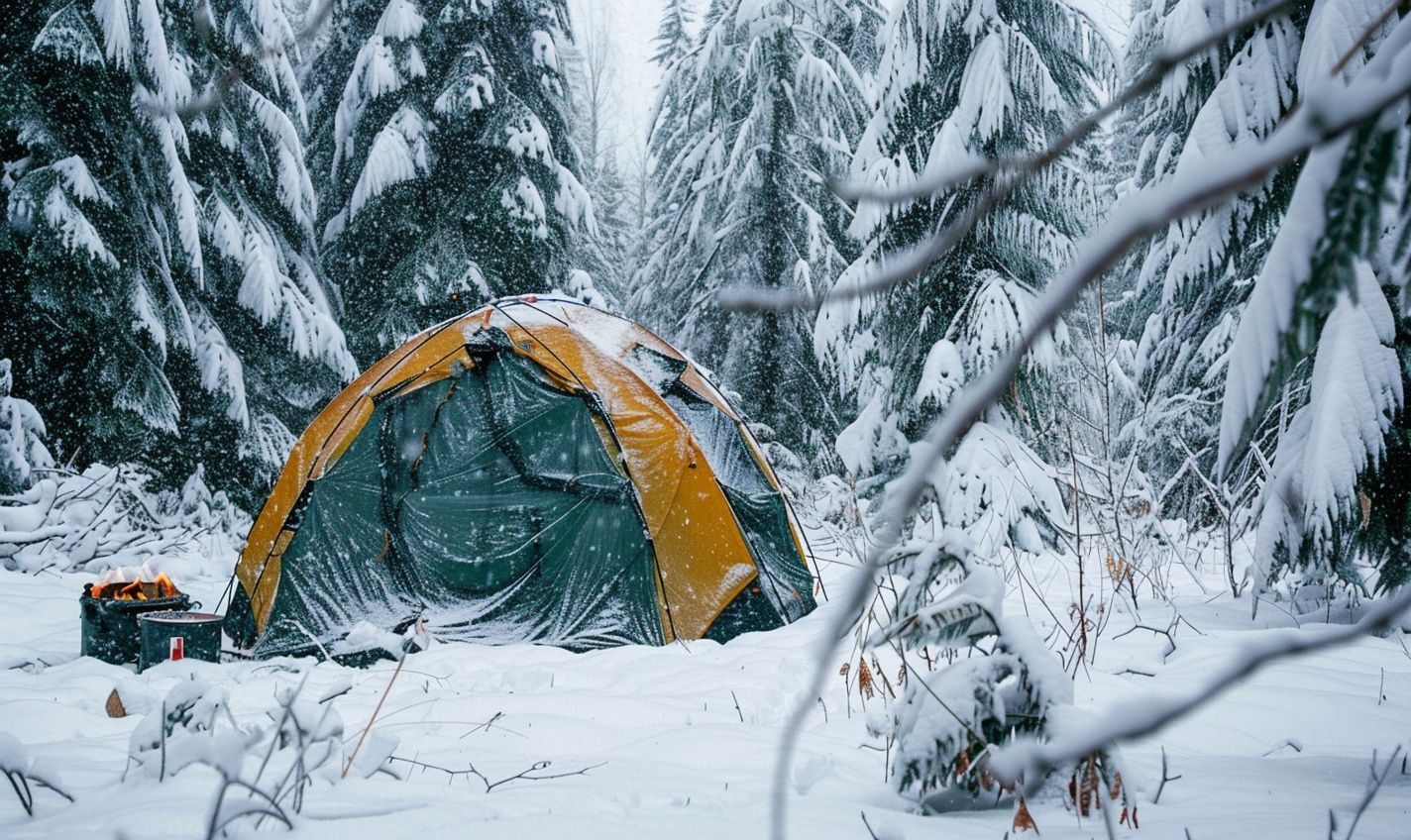

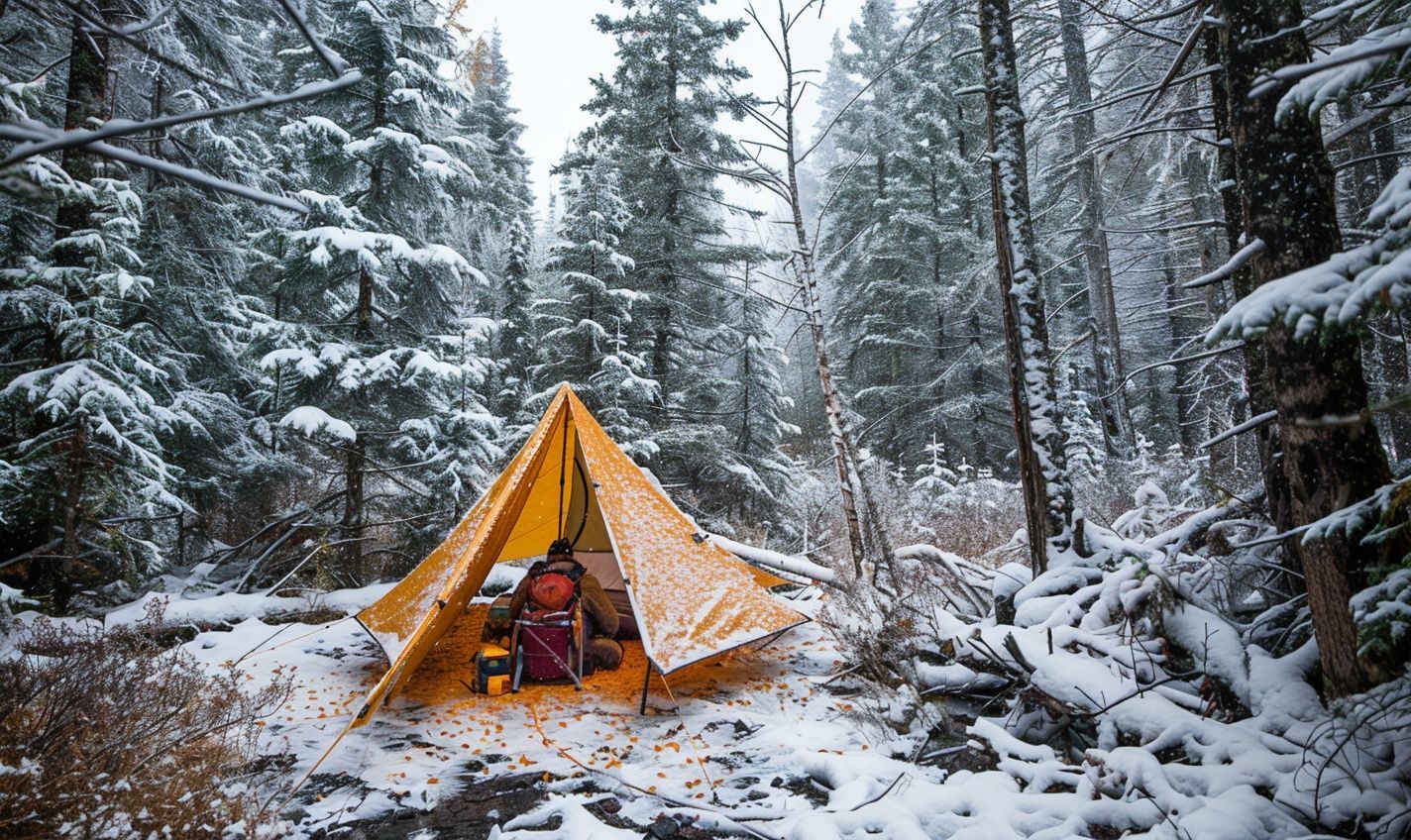
Enhancing Insulation with Ground Covering
When winter camping, insulating and weatherproofing your tent is non-negotiable. One effective way to enhance insulation is by using groundcovering. It’s like giving your tent an extra layer of warmth, shielding it from the harsh chill of the ground.
Why Ground Covering Matters
- Prevents heat loss to the cold ground
- Acts as an additional barrier against moisture
- Keeps your tent floor protected from wear and tear
Picture this: your tent is a cozy little sanctuary in the winter wilderness, but without proper ground covering, it’s like wearing fuzzy socks without shoes. Sure, they keep you warm indoors, but outside? Not so much.
Choosing the Right Ground Cover
- Opt for insulating materials like closed-cell foam or thermal mats
- Ensure the ground covering is cut slightly smaller than the footprint of your tent
- Consider the thickness and durability based on the terrain you’ll be camping on
Think of the ground covering as the toasty underlay beneath your tent’s sleeping bag carpet. It provides that extra cushioning and warmth you didn’t know you needed until you felt it.
Installing Ground Cover
Place the ground covering under your tent, ensuring it’s smooth and free of wrinkles that could create cold spots.
And just like that, your tent is now a winter-ready fortress, all cozied up and snug for the chilly nights ahead.
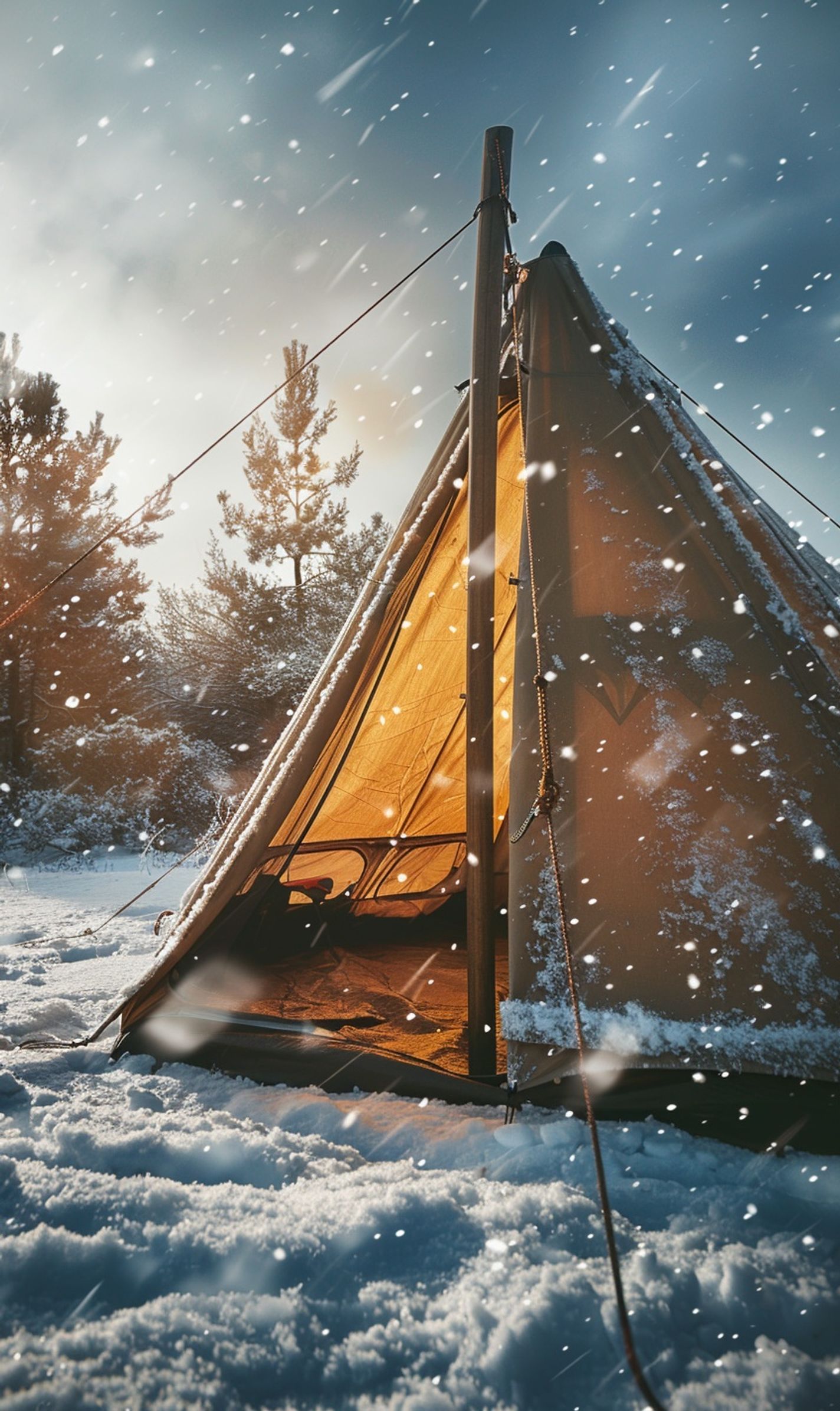
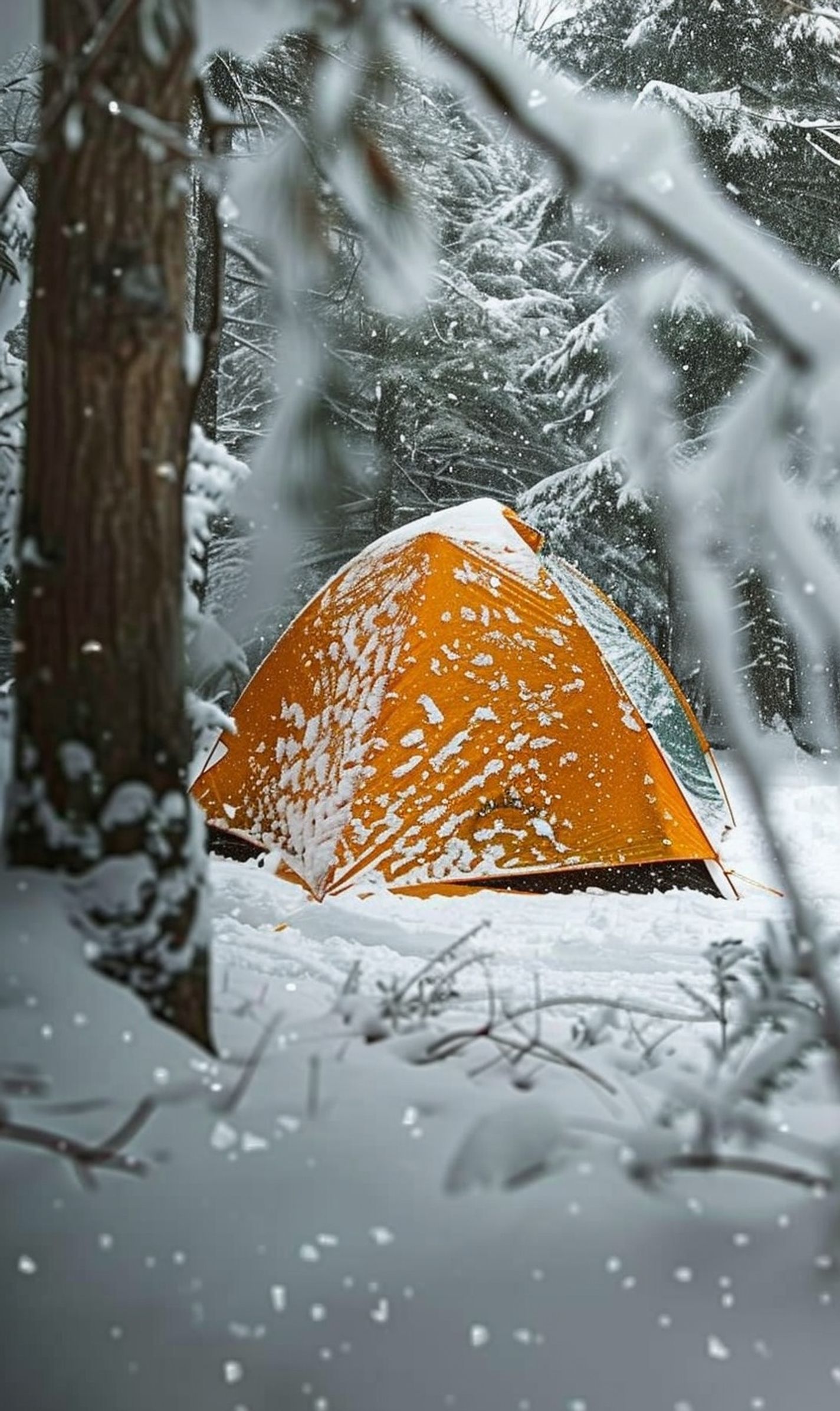
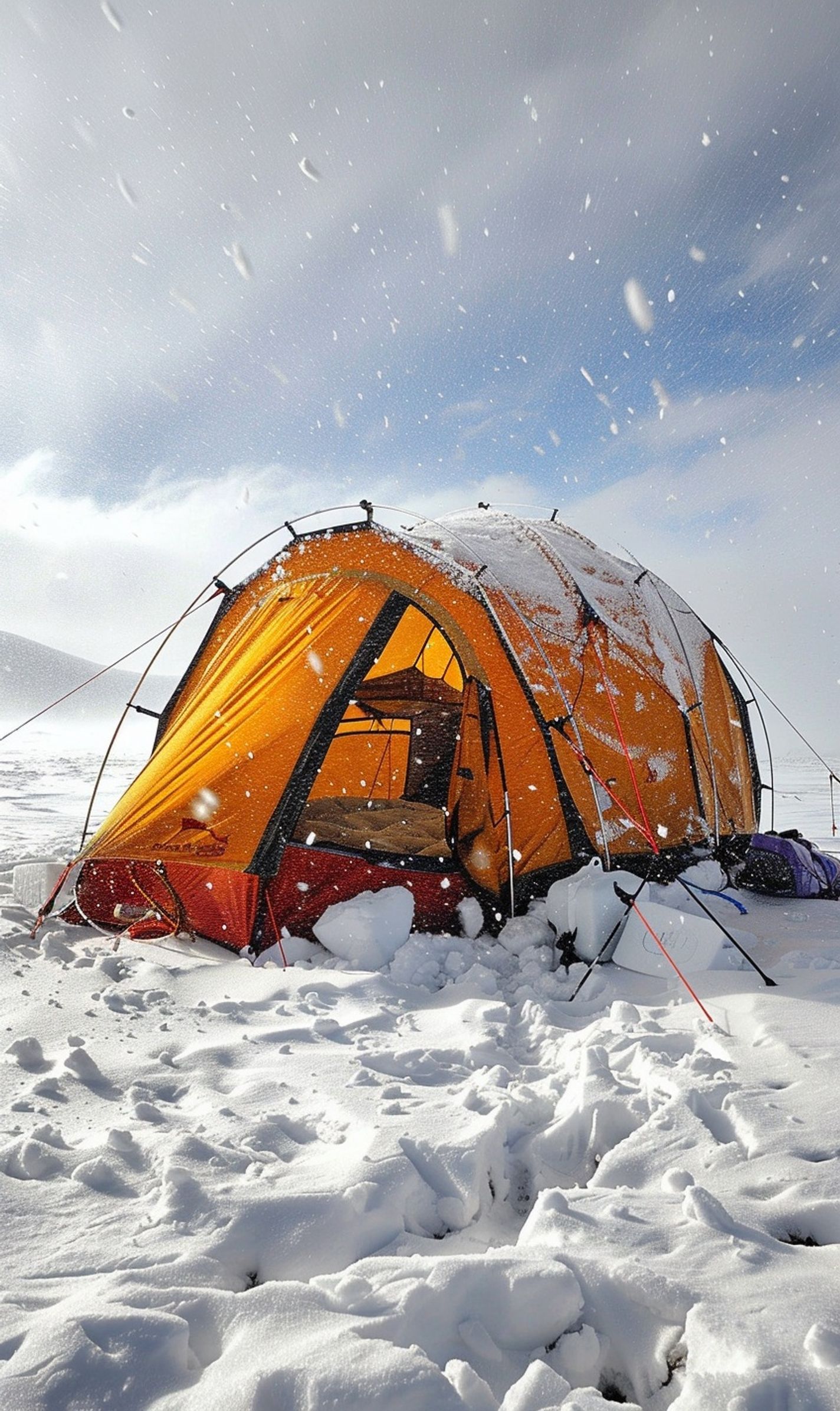
Securing Your Tent Against Winter Wind and Snow
When embarking on a winter camping adventure, ensuring your tent is well-equipped to handle the harsh elements is crucial. Winter camping can be an exhilarating experience, but without the proper preparation, it can quickly become a chilly nightmare. To keep warm and cozy inside your tent, follow these essential tips for insulating and weatherproofing your shelter.
Insulating Your Tent:
One of the most important aspects of winter camping is insulating your tent from the cold outside. Here are some practical ways to insulate and weatherproof your tent:
- Use a high-quality sleeping pad or air mattress to provide insulation from the cold ground.
- Consider investing in a good-quality four-season tent with solid insulation properties.
- Line the inside of your tent with thermal blankets or reflectix to trap heat inside.
Weatherproofing Your Tent:
In addition to insulation, it’s vital to weatherproof your tent against winter winds and snow. Here are some strategies for securing your tent:
- Secure your tent with sturdy stakes and guylines to prevent it from collapsing under heavy snow.
- Apply a waterproofing solution to the rainfly and seams to keep moisture out.
- Clear the area around your tent of snow and debris to create a solid foundation.
Correctly insulating and weatherproofing your tent can create a warm and comfortable refuge from the winter elements. Don’t let icy winds and snowflakes dampen your camping spirit—with the proper preparations, you can enjoy a cozy and memorable winter camping experience.
Conclusion
Preparing your tent for winter camping ensures you stay warm, dry, and safe during your outdoor adventures. You can create a cozy and comfortable shelter even in the coldest conditions by correctly insulating and weatherproofing your tent.
Remember to invest in quality insulation materials like thermal liners, sleeping pads, and weatherproofing sprays to keep the cold at bay. Additionally, sealing aaps, adding a ground tarp, and utilizing a proper tent placement can make a significant difference in keeping the warmth inside your tent.
Winter camping can be a magical experience, allowing you to connect with nature in its purest form. With the proper preparation and techniques, you can enjoy the beauty of snowy landscapes without sacrificing comfort or safety.
So, before heading out on your next winter camping trip, follow these tips to effectively insulate and weatherproof your tent. Stay warm, stay dry, and embrace the beauty of the winter wonderland while creating unforgettable memories in the great outdoors.
Frequently Asked Questions (FAQs)
How important is it to insulate and weatherproof your tent for winter camping?
Insulating and weatherproofing your tent for winter camping is crucial to stay warm, dry, and protected from harsh elements.
What are some ways to insulate a tent for winter camping?
Insuring a tent effectively involves using a four-season tent, adding a ground tarp, using a sleeping pad, and utilizing insulating layers.
How can I weatherproof my tent for winter conditions?
Apply seam sealer to seams, use a waterproof spray on the rainfly, and ensure proper tent setup to prevent snow and rain from entering the tent.
Is it necessary to use a footprint or ground tarp for winter camping?
Yes, footprint or ground tar provides additional insulation and protects the tent floor from moisture and punctures.
What should I consider when selecting a tent for winter camping?
Look for a tent with a sturdy frame, good ventilation options, waterproof materials, and enough space for your gear and sleeping bags.
How can I prevent condensation inside the tent during winter camping?
Improve ventilation by partially unzipping windows or vents, avoid bringing wet clothing inside the tent, and use moisture-absorbing materials.







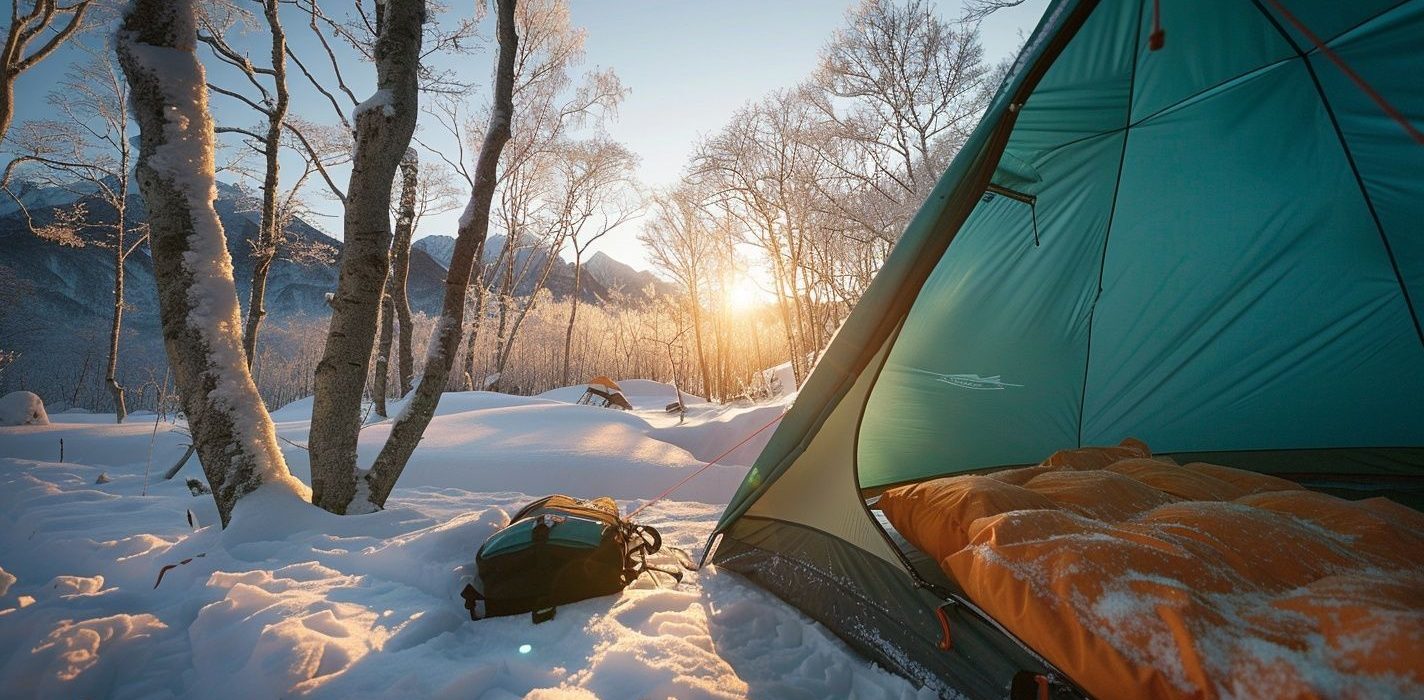


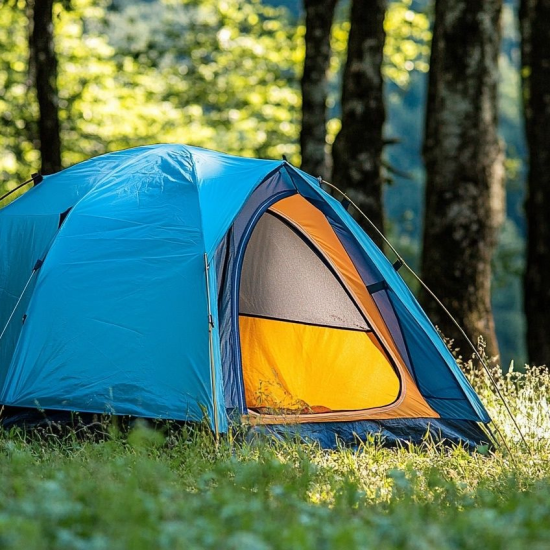
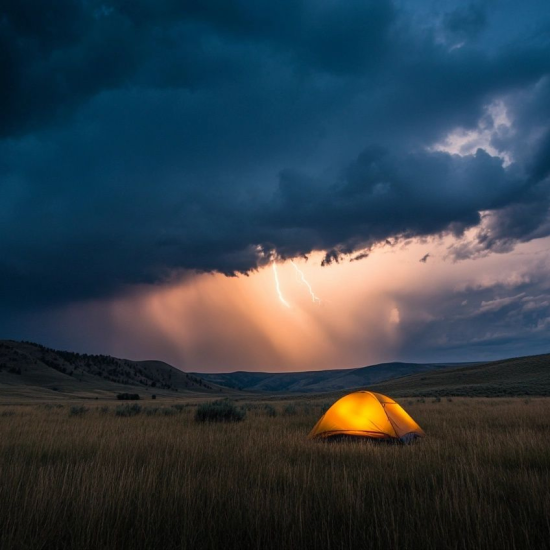
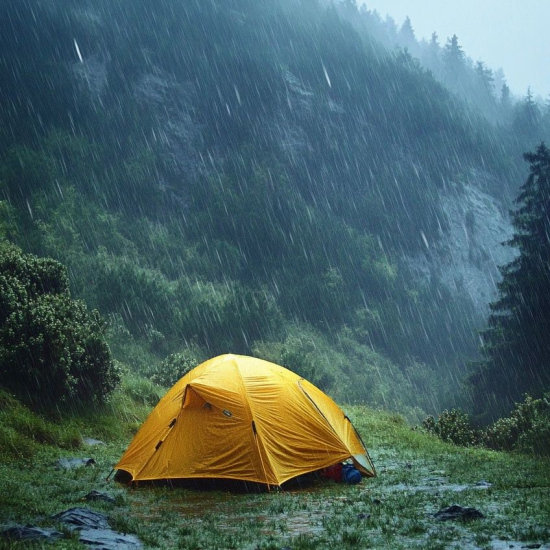
No Comment! Be the first one.